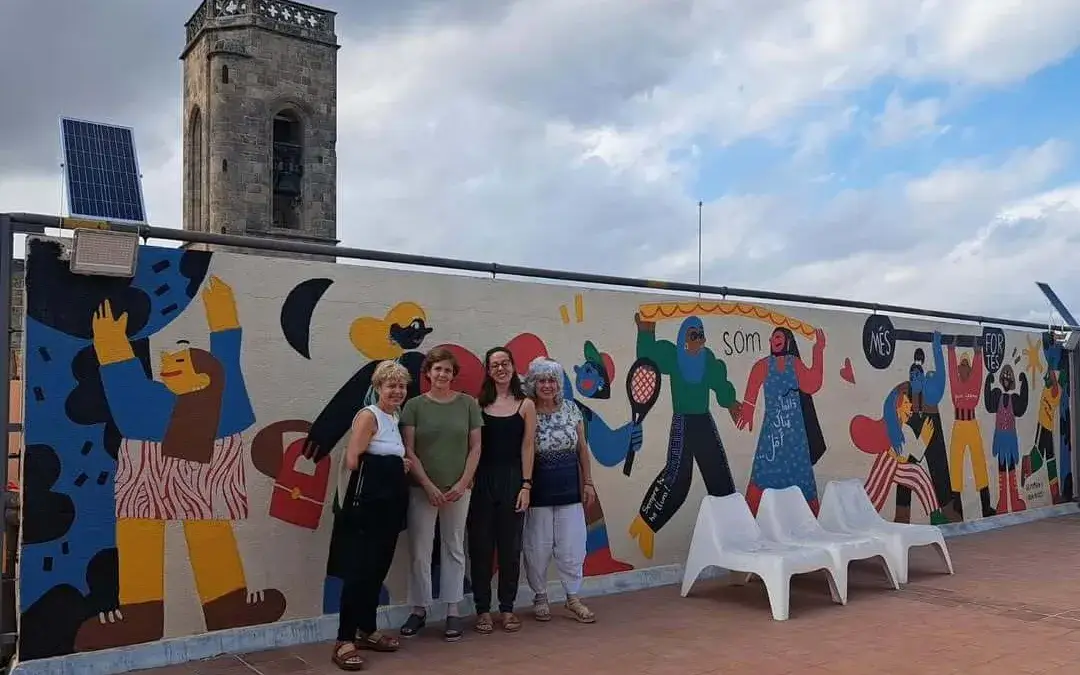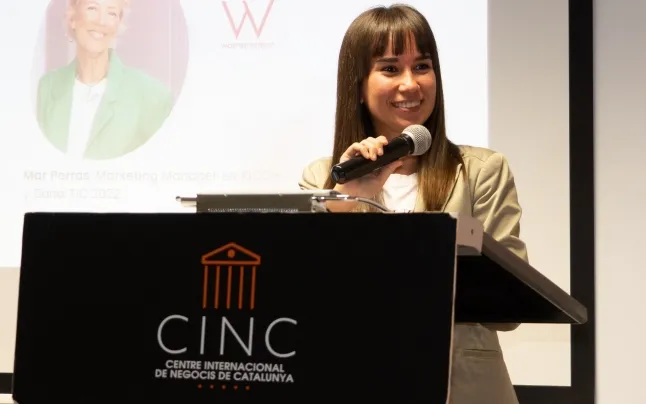The board member of Women Have Options organization, tells us about the consequences of restrictives abortion laws and the main obstacles that these women face in carrying out a safe abortion.
What is WHO?
Women Have Options provides financial assistance to help patients afford abortion, contraception, and emergency contraception services. We also provide practical support costs, such as for transportation or childcare, for patients seeking abortion care. We distribute funds to clinics throughout that state of Ohio, and the clinics use these funds to provide financial assistance to patients in need.
Who is your aid for?
Our aid is for anyone who needs care at a clinic in Ohio. In the United States, laws prevent federal funding for abortion care, and so even patients who qualify for federal assistance for other healthcare needs, such as through the Medicaid program, will not receive financial assistance for abortion. Our funding helps to fill those gaps, and helps patients pay for the reproductive healthcare they choose.
What role does the organization play regarding to abortion?
We are committed to the idea that cost should not be an obstacle to people receiving reproductive healthcare, including abortion care. Even if abortion is legal, but a person cannot afford the procedure, then we do not truly have abortion access.
Women Have Options, alongside other abortion funds across the United States, works to ensure that people have the financial resources and support to make and enact decisions about their reproductive health.
What obstacles do women who want to have a quality abortion face?
One of the major obstacles in the United States is limitation on access. Many states, including Ohio, have narrowed the legal right to abortion by instituting abortion bans at an early stage of pregnancy, putting onerous regulations on abortion providers (known as Targeted Restrictions on Abortion Providers or TRAP laws), introducing waiting periods for people seeking abortions, and limiting the types of abortion procedures that may be offered to patients.
According to the Guttmacher Institute, 58% of American women live in states that are hostile to abortion rights in these ways. These regulations tend to reduce the number of abortion providers, and this in turn means that people seeking abortions must travel increasingly long distances, sometimes even leaving the state, in order to reach clinics that provide abortion services. Increased travel increases the time and costs associated with abortion care and makes it unaffordable for some pregnant patients.
Which women in the United States suffer the most from this type of abortion?
What type of women? People with the fewest resources are most vulnerable to the limitations and restrictions on abortion access. They are least able to negotiate the travel, waiting times, and other restrictions that make abortion difficult to access in some cases. Historically in the United States, this has meant that Black women and other people of color have been the most vulnerable.
People living in rural areas, which tend to be farther from abortion clinics, are also vulnerable and may face difficulties in accessing abortion.
What do you think of the new U.S. induced abortion laws?
Although the Roe v. Wade Supreme Court decision in 1973 made abortion legal across the United States, abortion laws at the state level are a legal patchwork. Some states have relatively liberal access to abortion, but others are much more restrictive. In recent years, the trend has been towards increasing restrictions. In 2022, there have been thirty-seven new legal restrictions on abortion in various states across the country.
The Supreme Court’s upcoming decision in the Dobbs v. Jackson Women’s Health Organization case threatens to overturn the Roe decision and eliminate the constitutional right to abortion. If this happens, some states will ban abortions entirely, while other states will likely keep the procedure legal for now.
As an organization committed to the principle that abortion is one part of reproductive healthcare, WHO is of course opposed to the growing restrictions on abortion access. In this difficult and challenging climate, we will continue to support people in their reproductive healthcare choices.
Restricting access to abortions reduces the number of abortions?
Plenty of evidence suggests that abortions occur just as often whether or not the procedure is legal. Studies show, for example, that countries with liberal abortion laws have similar abortion rates as countries with highly restrictive laws. More than reducing the number of abortions, restrictive laws tend to increase the number of unsafe abortions.
Do you think that abortion should be a global right rather than a crime?
Yes, absolutely! Abortion care is one component of comprehensive reproductive healthcare.
What is your organization doing to promote women's right to abortion?
Women Have Options continues to provide financial assistance to people seeking an abortion. We work alongside other abortion funds, as well as organizations devoted to reproductive rights and justice, to support policies ensuring that safe, legal, and accessible abortion care remains available to everyone who needs it.
How do you see the legality of abortion in the future?
Globally, there seem to be two tendencies. Many countries are liberalizing abortion laws by de-criminalizing the procedure and making it more available to patients. The United States is one among a small number of countries going against this trend by increasing abortion restrictions and denying legal rights to the procedure.
Although this is a difficult time for abortion rights supporters in the United States, I personally remain hopeful that the larger global trends will win out, and that we will move towards a future where abortion is not stigmatized in law or in practice, but is recognized for what it is—a fundamental part of comprehensive healthcare.







Add new comment